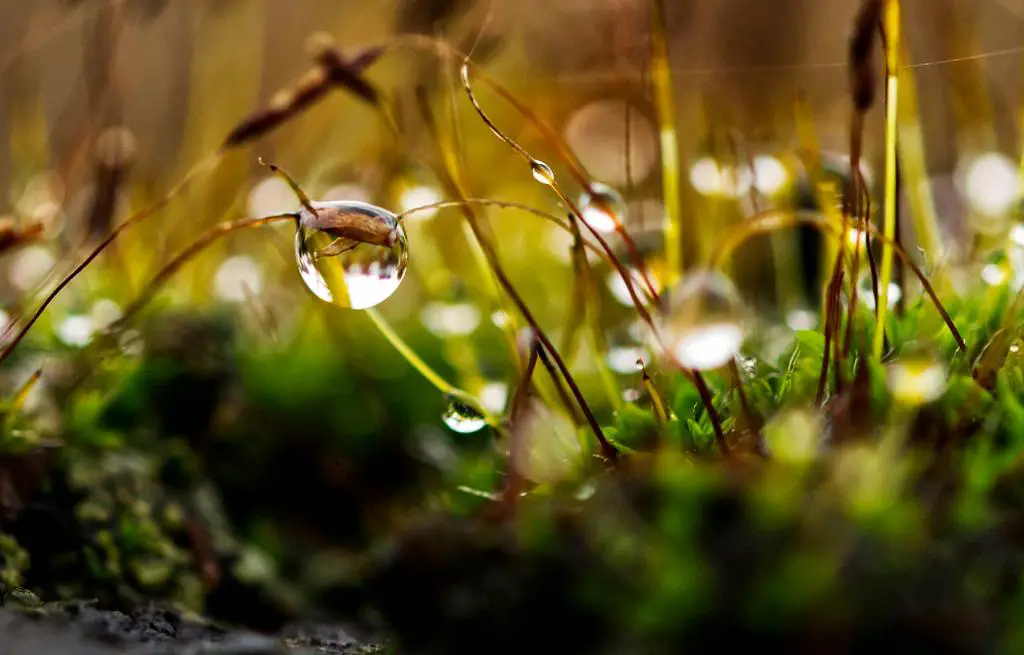When it comes to the optimal time for aerating your lawn, timing is key to achieving the best results in promoting healthy grass growth. It is recommended to aerate your lawn during the peak growing seasons to ensure that your grass can bounce back quickly and thrive. For cool-season grasses, such as Kentucky bluegrass and fescue, the best time to aerate is during early spring or fall when the grass is actively growing and the temperatures are moderate.
On the other hand, for warm-season grasses like Bermuda grass and zoysia grass, late spring through early summer is the ideal time to aerate. During this period, warm-season grasses are in their prime growing phase and will benefit the most from the aeration process.
By aerating your lawn at the right time, you can ensure that the grass roots receive the necessary oxygen, water, and nutrients they need to thrive. Aeration helps alleviate soil compaction, allowing the roots to penetrate deeper into the soil and absorb essential nutrients more efficiently.
Furthermore, aerating your lawn at the appropriate time can also help in reducing thatch buildup. Thatch is a layer of dead grass, roots, and organic matter that accumulates on the soil’s surface, hindering water and nutrient absorption. Aerate your lawn when the thatch has reached about half an inch in thickness to prevent it from suffocating your grass.
Early spring is an excellent time for aerating cool-season grasses, as the soil is still moist from winter snow and rainfall, making it easier for the aerator to penetrate the ground. Fall is another optimal period for aerating cool-season grasses, as the soil is usually warm, allowing the grass to recover quickly and prepare for the upcoming winter.
For warm-season grasses, late spring to early summer is the prime time for aeration. During this period, the warm temperatures and active growth rate of warm-season grasses ensure a speedy recovery post-aeration. Make sure to water your lawn a day or two before aerating to soften the soil and make the process more effective.
It’s essential to avoid aerating your lawn during extreme weather conditions, such as the peak of summer or winter, as these periods can stress the grass and hinder its ability to recover from aeration. Additionally, refrain from aerating newly seeded lawns or those that have been recently fertilized to prevent damage to the delicate grass.
Overall, the best time to aerate your lawn ultimately depends on the type of grass you have and the prevailing weather conditions in your region. By understanding the unique needs of your grass and choosing the right time to aerate, you can promote healthy growth, lush greenery, and a vibrant lawn that will be the envy of your neighborhood.

